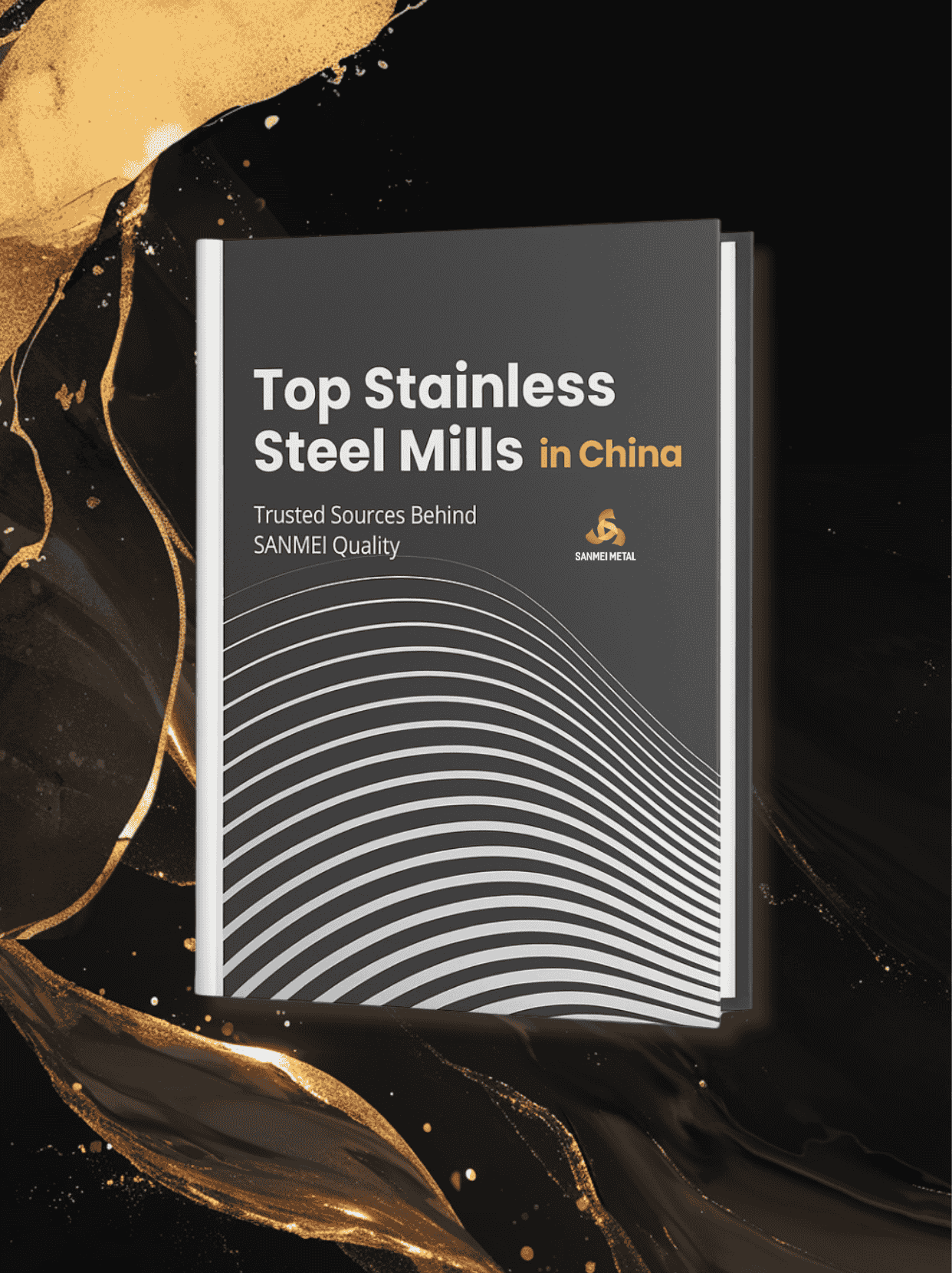
Получите свой БЕСПЛАТНО Доступ: Досье китайского сталелитейного завода #1
Ориентировано на покупателя: подбирайте мельницы по классу/отделке/ширине-толщине/применению
БАОВУЦиншаньЛискоТиско
Посмотреть подробности и примеры →


Общие свойства
Химический состав стали 420J1 включает углерод (C: 0,16–0,25%), хром (Cr: 12,0–14,0%) и другие элементы в меньших количествах. Сталь магнитная и может быть закалена до твёрдости по Роквеллу примерно HRC52–55 после термообработки. Содержание углерода ниже, чем у стали 420, что обеспечивает лучшую коррозионную стойкость, но меньшую твёрдость.
Приложения
К распространенным областям применения нержавеющей стали 420J1 относятся оборудование для приготовления пищи, лезвия кухонных ножей, лезвия промышленного оборудования, механические детали, хирургические инструменты, а также декоративные изделия, где достаточно стандартной стойкости к коррозии.
Стандарт
420J1 соответствует международным стандартам, таким как JIS G4303 для прутков из нержавеющей стали, JIS G4304 для горячекатаных пластин, листов и полос из нержавеющей стали и JIS G4305 для холоднокатаных пластин, листов и полос из нержавеющей стали.
Коррозионная стойкость:
420J1 обладает лучшей коррозионной стойкостью, чем 420, благодаря меньшему содержанию углерода, подходит для слабоагрессивных сред.
Теплостойкость:
Хотя сталь 420J1 обладает хорошей коррозионной стойкостью при комнатной температуре, её эксплуатационные характеристики в условиях высоких температур ограничены из-за потери пластичности при отрицательных температурах и потери прочности при повышенных температурах из-за переотпуска. Похожа на сталь 420, но обладает меньшей твёрдостью при высоких температурах.
Обрабатываемость:
Сталь 420J1 относительно легко поддается обработке в отожженном состоянии, но после закалки ее обрабатываемость снижается.
Сварка:
Сварка стали 420J1 возможна, но рекомендуется избегать сварки в отожжённом, закалённом или отпущенном состоянии во избежание хрупкости и образования холодных трещин. Предварительный подогрев и контроль температуры между проходами во время сварки, а затем очень медленное охлаждение и послесварочный отжиг являются эффективными мерами предотвращения трещин.
Горячая обработка:
Горячая обработка может повысить прочность и износостойкость нержавеющей стали 420J1.
Холодная обработка:
Холодная обработка повышает твердость и прочность стали 420J1, а также улучшает качество ее поверхности и точность размеров.
Отжиг:
Отжиг производится путем равномерного нагрева до 840-900°C (1544-1652°F) и выдержки до достижения равномерной температуры по всему сечению. Требуется выдержка и охлаждение.
Темперирование:
Отпуск применяется для снижения хрупкости и внутренних напряжений после закалки.
Закалка:
Сталь 420J1 можно закаливать путем нагрева до 950–1020 °C (1742–1868 °F) и выдержки до достижения равномерной температуры по всему сечению, после чего следует закалка в масле или охлаждение на воздухе.
Свойство | Ценить |
Плотность | 7,75 г/см³ |
Модуль упругости | 29 x 10^6 фунтов на кв. дюйм |
Коэффициент теплового расширения (32-212°F) | 10,4 x 10^-6 дюйм/дюйм°F |
Теплопроводность | 24,9 Вт/м·К |
Удельная теплоемкость | 0,11 БТЕ/фунт·°F |
Электрическое сопротивление | 56 мкОм·м |
Свойство | Ценить |
Предел текучести, мин. | 225 Н/мм² |
Предел прочности на разрыв, мин. | 520 Н/мм² |
Удлинение, мин. (%) | 18 |
Твердость, макс. (HRC) | 223 |
Элемент | С | Си | Мн | П | С | Кр | Ни |
% | 0.16-0.25 | ≤1.00 | ≤1.00 | ≤0,040 | ≤0,030 | 12.00-14.00 | ≤0,60 |

| Тип | Ширина (мм) | Вес (тонн) | Толщина (мм) | ||||
| Катушка 420J2 | 1000, 1219, 1240, 1500 или индивидуальный | 3-10 | 0.15-3.0 | ||||

| Тип | Ширина (мм) | Длина (мм) | Толщина (мм) | |||||||||
| Листы 420J2 | 1000, 1219, 1240, 1500 или индивидуальный | 2000, 2438, 2500, 3000, 3048 | 0.3-3.0 | |||||||||
Мы стремимся предоставлять нашим клиентам наилучший и высококачественный сервис, чтобы гарантировать их удовлетворенность.









Сертифицировано престижными учреждениями и стремится соответствовать международным стандартам во всех аспектах.




Отзывы клиентов являются наиболее достоверным отражением качества работы компании.
Ознакомьтесь с другими техническими рекомендациями компании Sanmei Metal относительно рулонов и листов нержавеющей стали.
Штаб-квартира:
Центр создания, № 142, улица Юйхэ, город Лецун, район Шунде, город Фошань, провинция Гуандун, Китай. 528315
Фабрика: Город логистики Лиюань, город Чэньцунь, район Шунде, город Фошань, провинция Гуандун, Китай. 528313
Местная база поддержки в Австралии: (Ятала, Квинсленд) – выйдет в 2026 году